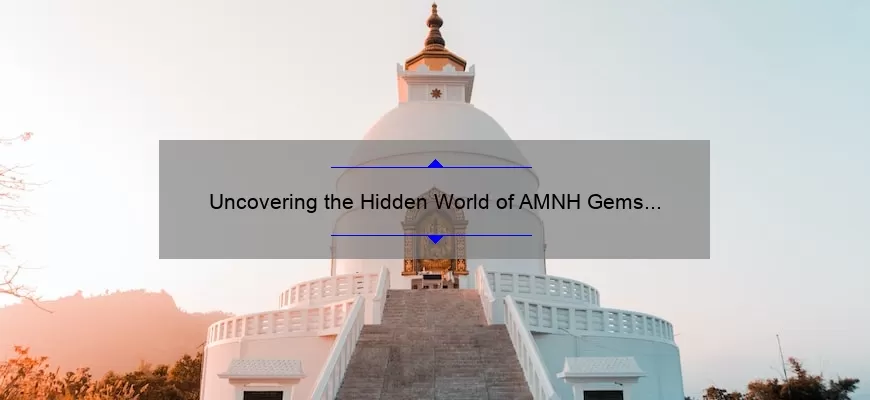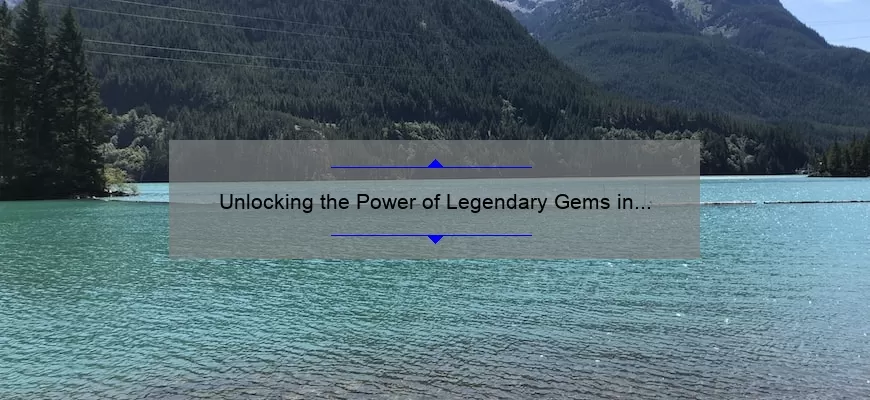Unlocking the Secret: How to Get Free Gems in Pet Simulator X [Proven Tips and Tricks for Pet Lovers]
Short answer: How to get free gems in Pet Simulator X There…
Discover the Fascinating World of Gems: A Guide to the Museum of Natural History’s Gem Exhibit [With Stats and Tips]
Short answer: The Gem Exhibit at the Museum of Natural History showcases…
The Ultimate Guide to the World’s Most Expensive Gemstones: Uncovering the Stories, Stats, and Solutions [Keyword: Most Expensive Gem]
Short answer: What is the most expensive gem? The most expensive gem…
Mastering Skill Gems in Path of Exile: A Personal Journey [Tips, Tricks, and Stats]
Short answer skill gems poe: Skill Gems in Path of Exile are…
The Ultimate Guide to Finding and Owning the Most Valuable Gem in the World [True Stories, Expert Tips, and Surprising Stats]
Short answer: most valuable gem in the world The most valuable gem…
Unleash Your Creativity with Gem Painting Kits: A Personal Story, Tips, and Stats [Beginner-Friendly]
Short answer: Gem painting kits Gem painting kits, also known as diamond…
Uncovering the Hidden World of AMNH Gems and Minerals: A Fascinating Story with Practical Tips [Infographic]
Short answer amnh gems and minerals: The American Museum of Natural History…
Unveiling the Mystical Moonstone Gem Meaning: A Story of Spiritual Significance [5 Surprising Facts and Practical Tips]
Short answer: Moonstone gem meaning Moonstone is a semi-precious stone that symbolizes…
Uncovering the Best Hidden Gems: A Guide to Finding Top-Rated Restaurants Near You [with Stats and Tips]
Short answer: Hidden gems restaurants near me Hidden gems restaurants are undiscovered…
Unlocking the Power of Legendary Gems in Diablo Immortal: How to Stack and Boost Your Gameplay [Expert Tips and Stats]
Short answer Diablo Immortal: Do legendary gems stack? Legendary gems in Diablo…













